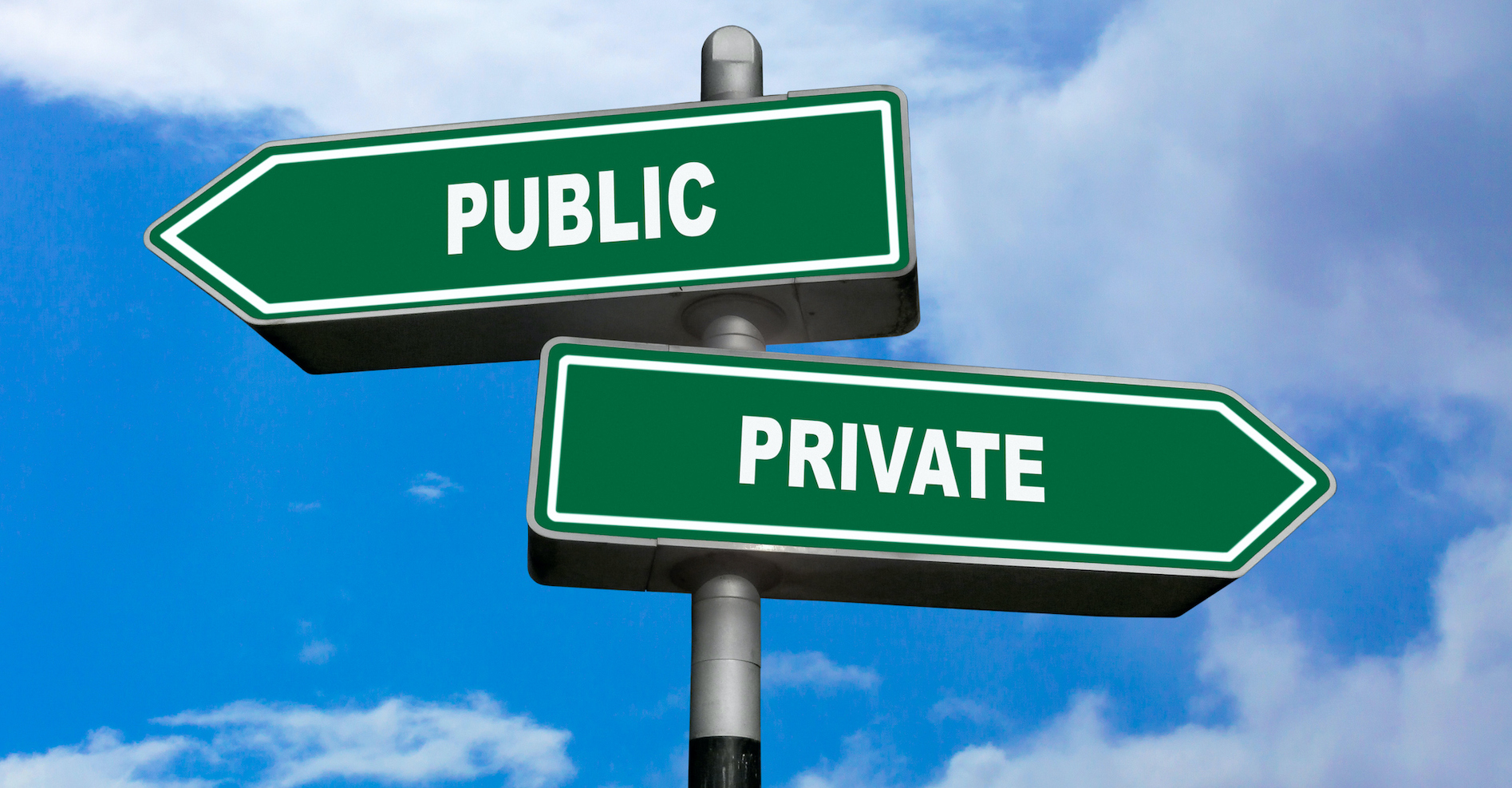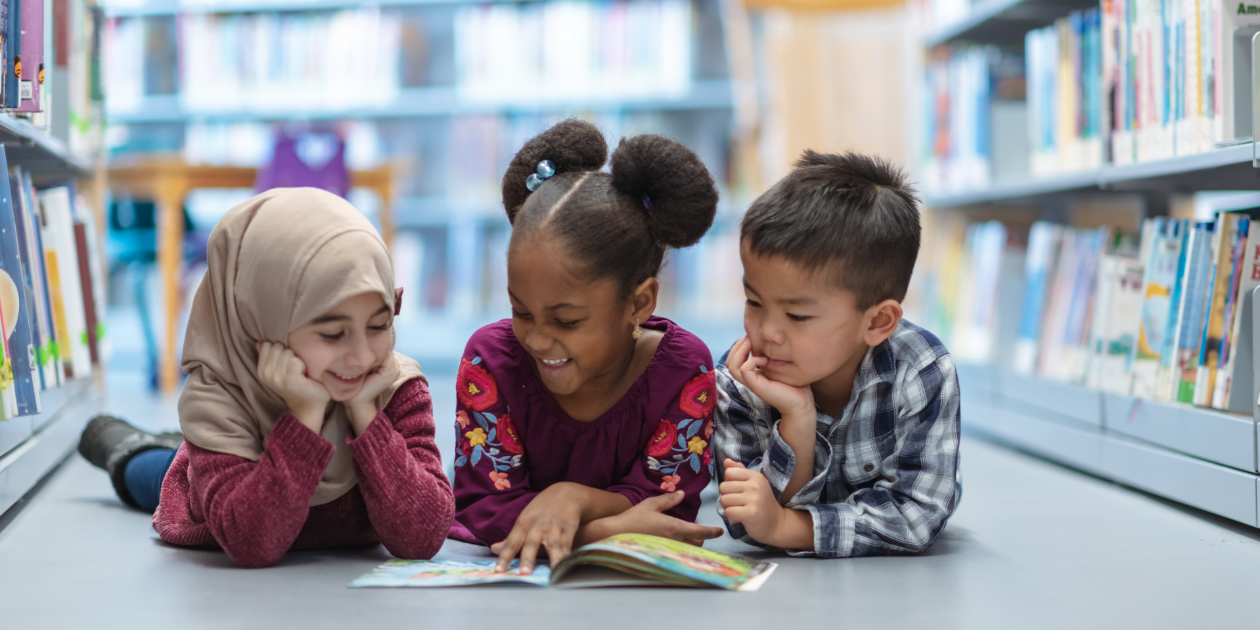
In the United States, there are many debates over the best form of schooling. One of the most heated debates is private vs. public education.
The most obvious difference between private and public education is the price tag. Every child in America can attend public school for free. However, parents may opt for their child to attend a private school. Most private schools cost money. This alludes to the fact that private schools must be “better” in some way to justify the monetary expenses. Both types of schooling offer unique benefits, and both have their respective drawbacks.
US News claims parents should look at a variety of factors when choosing a school for their child including rates of graduation and college enrollment, class size, diversity, and availability of programs for learning disabilities.
Private schools typically have smaller classes. This lets the students have more one-on-one attention with teachers. Whereas students in public schools can blend into the crowd of students in their classes. Thus, students will have different preferences for class size based on their personalities. Parents should take this into consideration when thinking about what is best for their child.

However, with larger class sizes comes vast diversity. Private schools’ price tags and strict screening can limit the diversity of its student population. Diversity helps students prepare for future careers since most workplaces consist of many different cultures and backgrounds. I am talking about diversity with minorities, social classes, and people with disabilities.
On this topic, students with disabilities do better in public schools. Public schools are closely regulated so that they follow guidelines to provide resources for students who need them. Private schools must also do this, but they are not under strict watch. Private schools are not funded as well as public schools, resulting in poorer resources for students with disabilities.
Fatherly explains that private schools hire more teachers that are fresh out of college and fewer teachers with master’s degrees. Since the only income private schools have is tuition payments from families, they pay their teachers less. This results in public schools attracting better teachers.

US News also digs into “how students in private schools score higher on standardized tests and score better across all subjects. However, it is hard to tell if private schools are the cause of this. Afterall, parents who have the resources and are willing to pay money for a “better” school probably help their students even more. They may be hiring tutors, paying for SAT practice books, and the like. Family attributes, like the parents’ education and social status, may be a more accurate explanation for the higher test scores.”
It is also important to note that parents who can not afford private schools send their students to public schools. Many low income students are not able to focus or put as much work into their education with their family’s lack of resources and money. When low income students are given fundings to attend private schools, they do not perform as well as those paying to attend. Yet, poor students being funded still outperform public school students (US News).
Another important fact to consider is that many private schools do not require the same certifications for their teachers. They stress subject area specialists. Public schools focus on core classes whereas private schools sometimes focus on certain subjects like music, art, or other content areas (Fatherly). Many parents who choose private schools do so for religious or extra-curricular reasons. Thus demonstrating that they care more about the particular private schools’ speciality than the “overall better” educational appeal.
To continue, Fatherly explains how private schools also have a “better peer environment.” This is due to the fact that they can screen who enrolls, resulting in only the type of student they want to attend their school. However, the real world works quite differently. Public schools teach students outside of the safe bubble of the socioeconomic upper class. So, public school students will understand how to deal with more challenging peers while private school students will be facing this issue for the first time in college or when they are working in the real world.
In conclusion, the decision to send students to private or public schools depends on what is best for the student. For families who can afford it, private schools lead to higher grades and test scores, a good, safe environment, and subject speciality. However, private schools lack diversity, can become costly, and do not embody the reality of the real world.